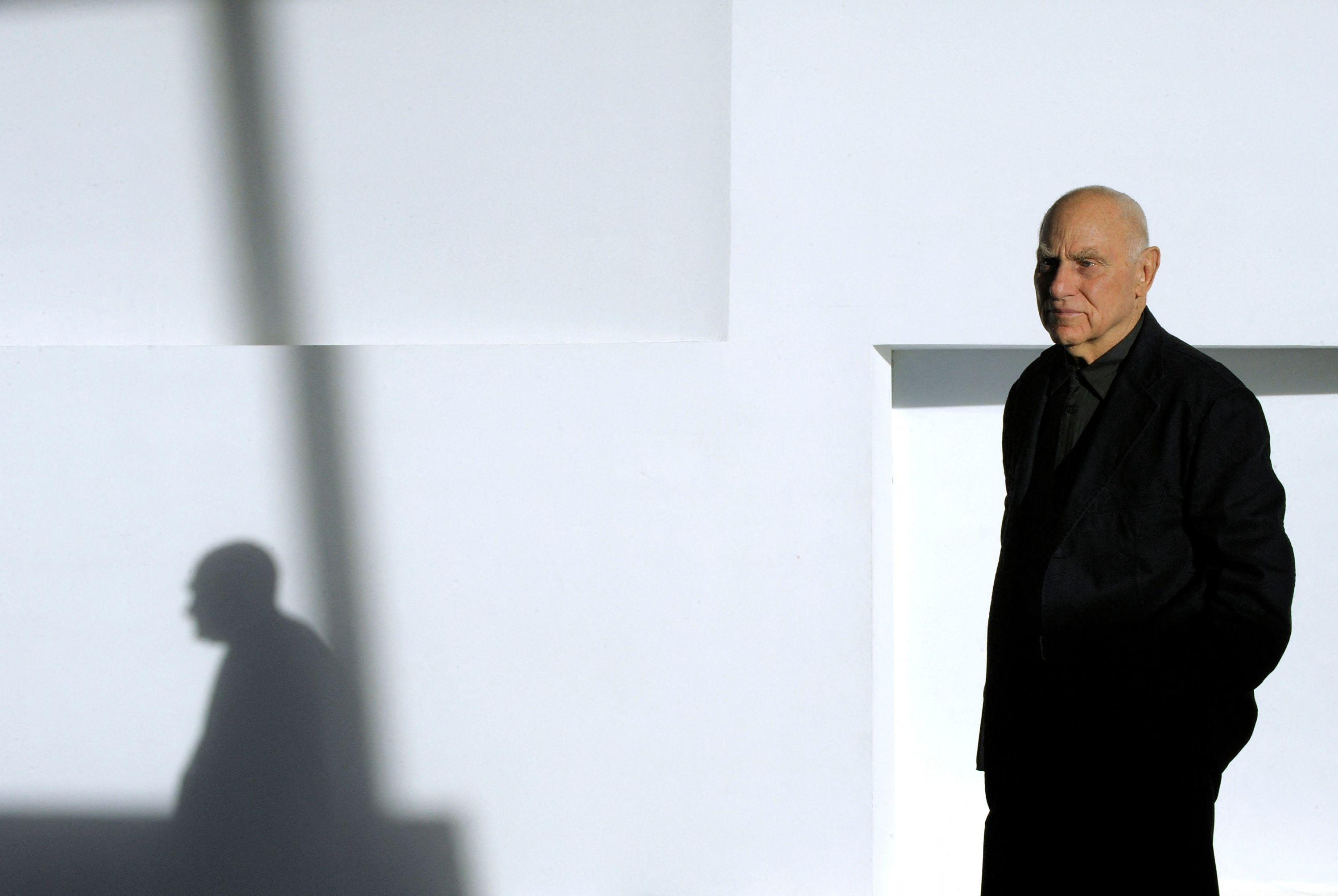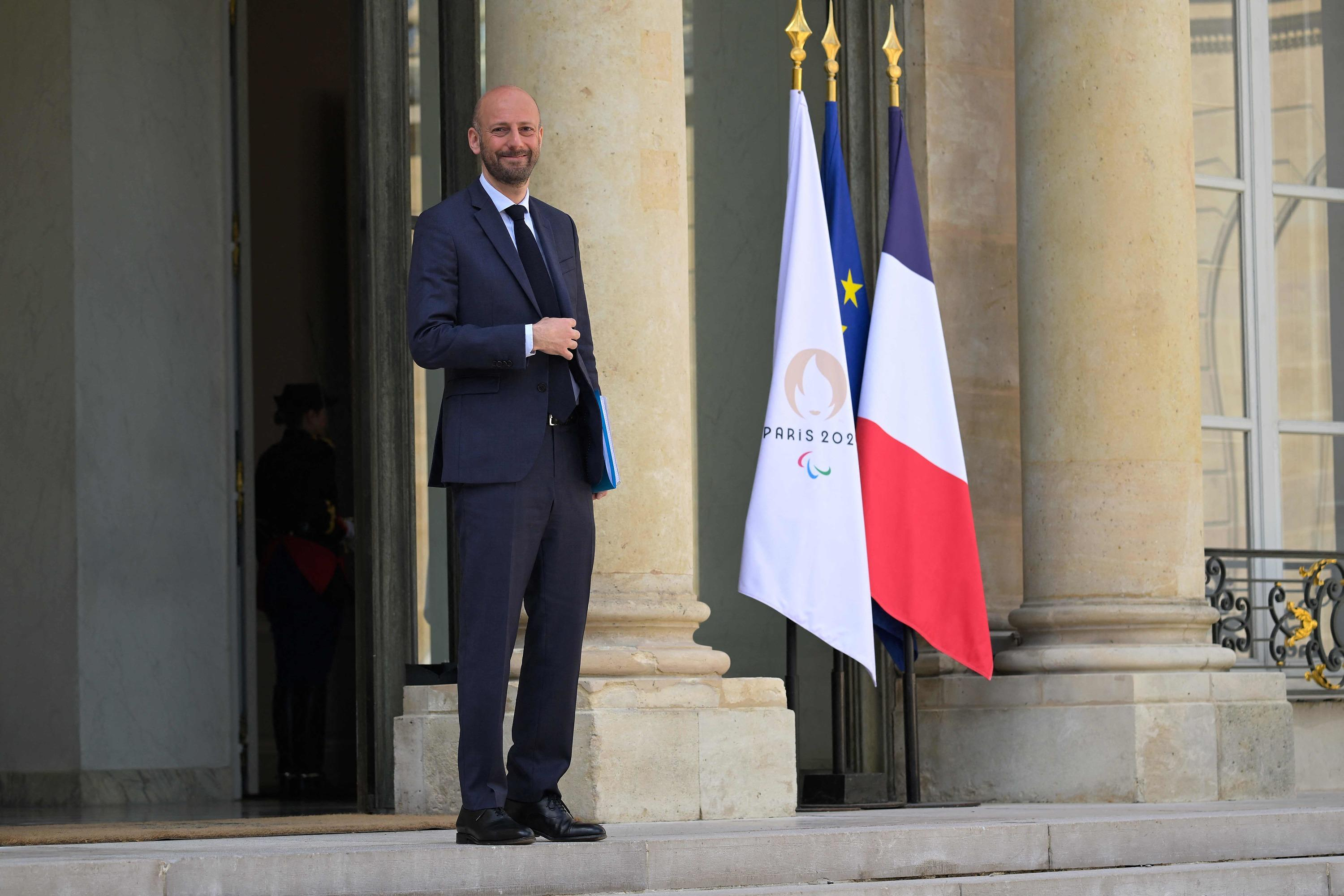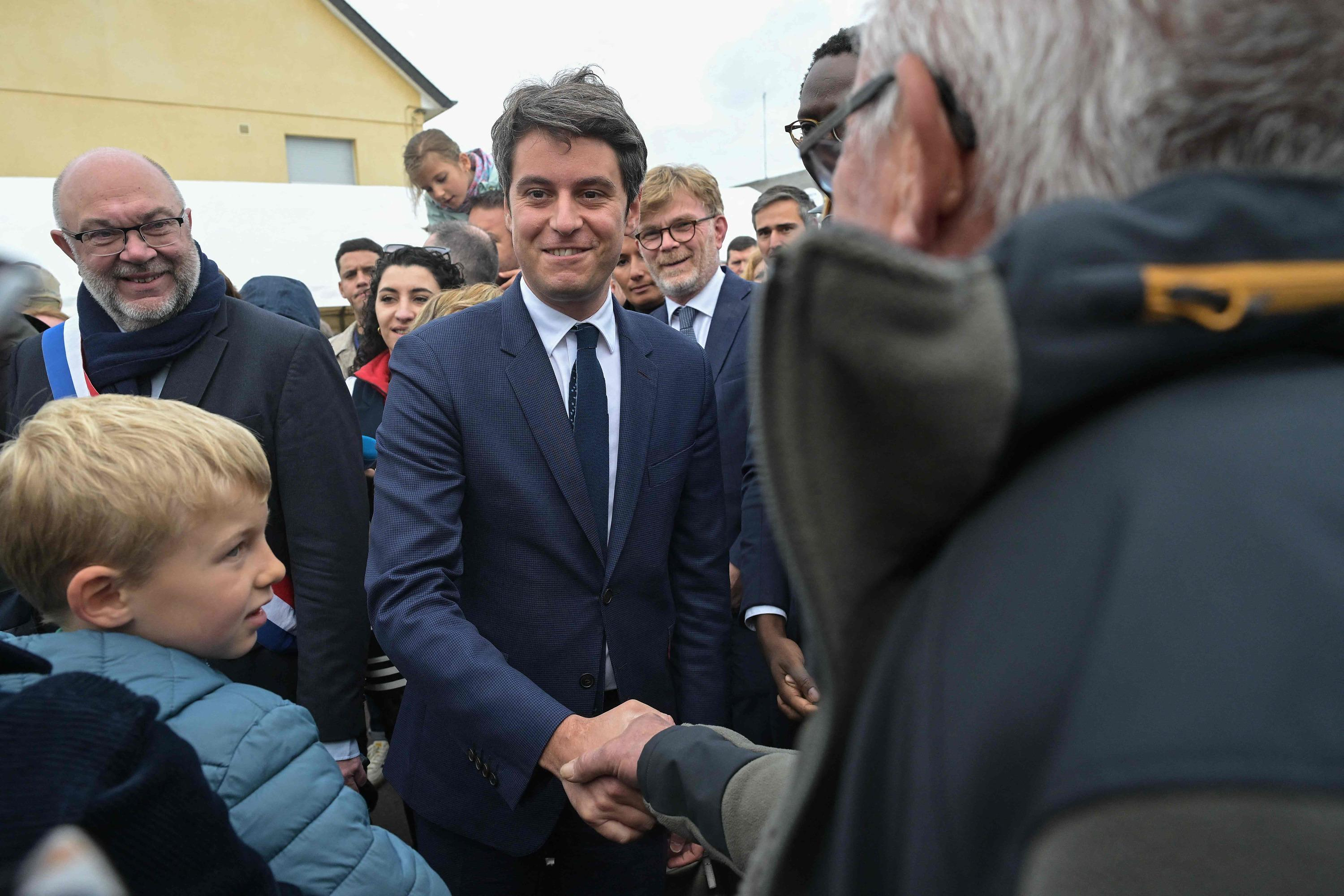The American artist Richard Serra, an imperial figure in contemporary art with his monumental works in Corten steel plates, died Tuesday at the age of 85, according to the New York Times, citing his lawyer. Ill for a long time with cancer which he valiantly resisted, he died on March 26, 2024 at his home in New York State, following pneumonia, according to the American daily.
With the death of Richard Serra, American “postwar” art, this tenor of the market who dethroned Old Europe after the war, loses one of its giants. An artist who disrupted the scale of sculpture, who pushed minimal art to the climax, who attacked the space of museums (the Guggenheim Bilbao in 1994), 1900 architecture (the Grand Palais in 2008), industrial remains (the DIA: Beacon north of New York, inaugurated in October 2007, and three of its Torqued Ellipses as permanent installations), making black and steel its raw materials. A complex man, both fierce and terrible, sensitive and authoritarian, to whom his compatriot, the artist Matthew Barney, gave the menacing role of the architect whose blue gaze petrifies the viewer in his cult film Cremaster 3, in 2000 , marked by their iconic collaboration.
Richard Serra, for many, is the labyrinth between marvelous and frightening at the Guggenheim Bilbao. The visitor becomes very small in front of his Torqued Ellipse (twisted ellipse) which go from single to double, its three steel spirals which form a colossal matrix, giants of sculpture which place man in the mists of time, when The storm terrified him and he took refuge in the caves. Due to the scale and weight of its 8 monumental sculptures, The Matter of Time (1994-2005) preceded the completion of Frank Gehry's building and its inauguration by King Juan Carlos on October 18, 1997. On each visit to this temple of art between Spain and America, the rediscovery of this phenomenal ensemble, organized to the millimeter by the great American artist, surprises and fascinates, whether the sculpture is closed (Blind Spot Reversed) or open (Between the Torus and the Sphere) or it takes the sinuous shape of a snake through a set of inverted cones (Snake).
Richard Serra is also the 7 sculptures of East-West/West-East, planted like steles in the rocky desert of the Qatar peninsula, 80 km and on the other side of his capital Doha where he had already installed, at the age of 72 in 2012, his immense heptagonal sculpture of 7 converging steel plates, 24 m high, on the port (the number 7 paid homage to the scientific and cultural importance of this number in Islam). At the very end of the desert, it is now the miracle of the eye between Stonehenge and the black philosopher's stone of 2001, A Space Odyssey (1968).
The 4 high steles of East-West/West-East, approximately 24 m high, are only gradually being discovered, because they visually respond to the stone cornice which surrounds this desert, accessible only by 4x4. They become truly immense when you stand at their feet. They all appear to be the same size but in fact they are all slightly different to adapt to the very irregular topographic elevation of the ground and to form a straight line with the horizon line. It is a commission from the Emir's sister, Sheikha Al-Massaya Bint Hamad Al-Thani, who focuses on the soft power of art.
Richard Serra finally, it is the Grand Palais in spring 2008. For the second edition of “Monumenta” carte blanche given to an artist under the nave, Richard Serra had designed, after the inaugural one by the German artist Anselm Kiefer in 2007, a contemplative “Promenade”, a steel landscape both radical and poetic, minimal and eventful. Five monumental steles of raw steel, 17 m high by 4 m wide and weighing 75 tonnes each, stood as if by magic on the bare floor of the nave. The slight asymmetrical inclination of the plates gave rhythm to the space, echoing the movements of the visitor, constantly modifying their point of view in the immense volume of the empty Grand Palais.
The reference to the Japanese art of the garden, based on harmony, the unity of full and empty, the diversity of points of view and meditation - a significant experience of the artist during his trip to Kyoto in 1970 - 1971 — took on its full meaning. “I wanted the volume between the plates to resonate,” said Richard Serra, often accompanied, escorted, even protected by his wife Clara (his Clara-Clara sculpture, 36 m long and 3.40 m high, made up of two brackets reversed which turn their backs on each other and do not touch, opened the path from the Tuileries to Concorde for the Fiac 2008).
Born in 1939 in San Francisco, to a Spanish father from Majorca and a Russian Jewish mother from Odessa, Richard Serra is the image of America and its wide open spaces. It is a mixture of cultures and determination, of individual strength and momentum, of endless curiosity and a sense of action. He is the second of three sons, his mother Gladys Serra encouraged him to draw, a practice that he kept throughout his life creating large works on paper with sensual minimalism, where black dominated, where the material gave an illusion of relief .
He began in 1957 by studying English literature at the University of Berkeley, then Santa Barbara, before branching out into art when the muralists Rico Lebrun and Howard Warshaw took him under their wings. As in Arthurian legends, he had to face metal and blacksmithing. During his studies, he worked in a steel foundry, a material that would become his signature for his gigantic rust-colored sculptures in Corten steel, this steel with induced surface corrosion, used in architecture and landscaping to resist bad weather. A virile experience which also gives him a certain roughness, often highlighted by the American media.
In 1964, he completed his studies with art history at Yale, a university where he rubbed shoulders with the great American “postwar” painters, Chuck Close (died in 2021 at the age of 81), Brice Marden (died in 2023). at 84 years old), and Robert Mangold (86 years old). His university received visits from artists from the New York School, the painters Philip Guston and Ad Reinhardt, the inventor artist and transformist of the canvas, Robert Rauschenberg (who passed away in 2008 at the age of 82), the sculptor and painter Frank Stella ( 87 years old). All of them have become absolute references in American art, establishing themselves in their museums, from New York to San Francisco. As in Europe, notably in Germany, from Mies van der Rohe's Berlin to Krefeld and the Ludwig Museum in Cologne, as well as in Denmark at the Louisiana Museum of Modern Art, north of Copenhagen (Porten i Slugten, 1983–86).
And then came Paris, which we know was a decisive stage for American artists, from the painter Edward Hopper to the artist Ellsworth Kelly to whom the Vuitton Foundation will pay tribute from May 7. In 1964, Richard Serra obtained a scholarship to Paris. This American admires the Romanian master of modern art. He still draws Brancusi's Atelier, first reconstituted at the Palais de Tokyo which then housed the National Museum of Modern Art before the birth of Beaubourg. Then Florence (his first personal exhibition took place in Italy, in Rome, where he discovered the Italian architect Borromini and the church of San Carlo alle Quattro Fontane in 1991), then the Spain of Velázquez at the Prado for Las Meninas.
On his return to the United States in 1966, he favored industrial materials and their plastic capabilities, rubber, neon, fiberglass, latex, lead so malleable that it projected into the corners of a room ( Splashing, 1968, then Casting, 1969). In 1968, he was included by the pope of New York gallerists, Leo Castelli, in “Nine at Castelli”. In 1969, the great artist Jasper Johns commissioned a “Splash Piece” for his studio. They are now museum pieces, minimal and enigmatic.
The titles of his works, Belts (1966–67), To Lift (1967), Prop (1968) or Scatter Piece (1968), are maximally sober like Japanese haikus which reserve emotion. Sculptured works, on the other hand, quickly defy gravity, gravity, balance, monumentality, impossibility, even human norms. The 4 steel plates in One Ton Prop: House of Cards (1969) weigh a ton. The monumental explosion came with his exhibition at LACMA in Los Angeles in 1969: his works, this time, amounted to tens of tons.
The trip to Japan in 1970-1971, the visit to the Zen gardens and temples of Kyoto where everything can be discovered by walking, inspired him. On his return, he made his first site-specific outdoor installation, To Encircle Base Plate Hexagram, Right Angles Inverted (1970), two steel semicircles forming a ring 7.9 m in diameter, in the Bronx, New York. York. She multiplied the perspectives as, later, The Matter of Time will do which changes depending on whether we see it at ground level like a steel monster or from the mezzanine on the first floor of Frank Gehry's cathedral, like a drawing in space. It was destroyed in 2008 for real estate construction purposes. With Terminal, he was inducted into Documenta VI in 1977, the high mass of art in the heart of Germany which lives in the tutelary shadow of the late Joseph Beuys (1921-1986).
From Iceland (Afangar (Stations, Stops on the Road, To Stop and Look: Forward and Back, To Take It All In, 1990) to New Zealand (Te Tuhirangi Contour, 2000–2OO2), from MoMA New York to the Tate in London, Richard Serra has conquered the world. And the art market. The king of the New York market, Larry Gagosian, has modified his spaces on Britannia Street in London and Soho in New York to accommodate these sculptures, as spectacular to see as they are complex to install, has published a significant number of catalogs punctuating his exhibitions.
You can discover it in small steps, by climbing the slope of the sculpture trail at Château La Coste, the estate of Irishman Paddy McKillen near Aix-en-Provence. Demiurge, he has driven three enormous Corten steel plates into the slope which seem to be suspended there, just by miracle. As if a giant had thrown them there, as heir to Ulysses, winner of the bow test, crossing the ax holes with a single vengeful arrow.

 B:SM will break its investment record this year with 62 million euros
B:SM will break its investment record this year with 62 million euros War in Ukraine: when kyiv attacks Russia with inflatable balloons loaded with explosives
War in Ukraine: when kyiv attacks Russia with inflatable balloons loaded with explosives United States: divided on the question of presidential immunity, the Supreme Court offers respite to Trump
United States: divided on the question of presidential immunity, the Supreme Court offers respite to Trump Maurizio Molinari: “the Scurati affair, a European injury”
Maurizio Molinari: “the Scurati affair, a European injury” First three cases of “native” cholera confirmed in Mayotte
First three cases of “native” cholera confirmed in Mayotte Meningitis: compulsory vaccination for babies will be extended in 2025
Meningitis: compulsory vaccination for babies will be extended in 2025 Spain is the country in the European Union with the most overqualified workers for their jobs
Spain is the country in the European Union with the most overqualified workers for their jobs Parvovirus alert, the “fifth disease” of children which has already caused the death of five babies in 2024
Parvovirus alert, the “fifth disease” of children which has already caused the death of five babies in 2024 The A13 motorway will not reopen on May 1
The A13 motorway will not reopen on May 1 More than 1,500 items for less than 1 euro: the Dutch discounter Action opens a third store in Paris
More than 1,500 items for less than 1 euro: the Dutch discounter Action opens a third store in Paris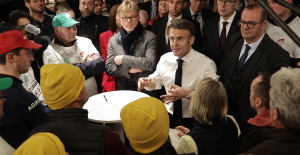 100 million euros in loans, water storage, Ecophyto plan… New measures from the executive towards farmers
100 million euros in loans, water storage, Ecophyto plan… New measures from the executive towards farmers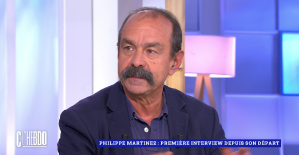 “He is greatly responsible”: Philippe Martinez accuses Emmanuel Macron of having raised the RN
“He is greatly responsible”: Philippe Martinez accuses Emmanuel Macron of having raised the RN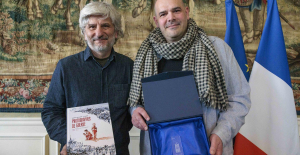 Les Galons de la BD dedicates War Photographers, a virtuoso album on the Spanish War
Les Galons de la BD dedicates War Photographers, a virtuoso album on the Spanish War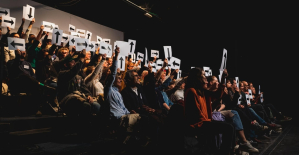 Theater: Kevin, or the example of an academic failure
Theater: Kevin, or the example of an academic failure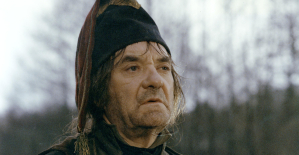 The eye of the INA: Jean Carmet, the thirst for life of a great actor
The eye of the INA: Jean Carmet, the thirst for life of a great actor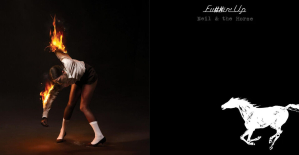 The Nuc plus ultra: St Vincent the Texane and Neil Young the return
The Nuc plus ultra: St Vincent the Texane and Neil Young the return Skoda Kodiaq 2024: a 'beast' plug-in hybrid SUV
Skoda Kodiaq 2024: a 'beast' plug-in hybrid SUV Tesla launches a new Model Y with 600 km of autonomy at a "more accessible price"
Tesla launches a new Model Y with 600 km of autonomy at a "more accessible price" The 10 best-selling cars in March 2024 in Spain: sales fall due to Easter
The 10 best-selling cars in March 2024 in Spain: sales fall due to Easter A private jet company buys more than 100 flying cars
A private jet company buys more than 100 flying cars This is how housing prices have changed in Spain in the last decade
This is how housing prices have changed in Spain in the last decade The home mortgage firm drops 10% in January and interest soars to 3.46%
The home mortgage firm drops 10% in January and interest soars to 3.46% The jewel of the Rocío de Nagüeles urbanization: a dream villa in Marbella
The jewel of the Rocío de Nagüeles urbanization: a dream villa in Marbella Rental prices grow by 7.3% in February: where does it go up and where does it go down?
Rental prices grow by 7.3% in February: where does it go up and where does it go down? Even on a mission for NATO, the Charles-de-Gaulle remains under French control, Lecornu responds to Mélenchon
Even on a mission for NATO, the Charles-de-Gaulle remains under French control, Lecornu responds to Mélenchon “Deadly Europe”, “economic decline”, immigration… What to remember from Emmanuel Macron’s speech at the Sorbonne
“Deadly Europe”, “economic decline”, immigration… What to remember from Emmanuel Macron’s speech at the Sorbonne Sale of Biogaran: The Republicans write to Emmanuel Macron
Sale of Biogaran: The Republicans write to Emmanuel Macron Europeans: “All those who claim that we don’t need Europe are liars”, criticizes Bayrou
Europeans: “All those who claim that we don’t need Europe are liars”, criticizes Bayrou These French cities that will boycott the World Cup in Qatar
These French cities that will boycott the World Cup in Qatar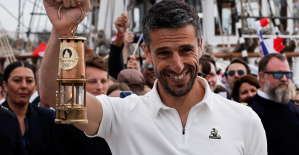 Paris 2024 Olympic Games: “It’s up to us to continue to honor what the Games are,” announces Estanguet
Paris 2024 Olympic Games: “It’s up to us to continue to honor what the Games are,” announces Estanguet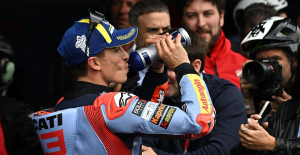 MotoGP: Marc Marquez takes pole position in Spain
MotoGP: Marc Marquez takes pole position in Spain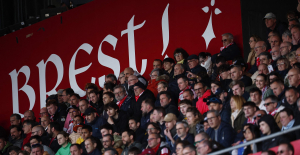 Ligue 1: Brest wants to play the European Cup at the Stade Francis-Le Blé
Ligue 1: Brest wants to play the European Cup at the Stade Francis-Le Blé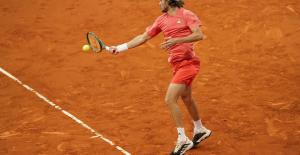 Tennis: Tsitsipas released as soon as he entered the competition in Madrid
Tennis: Tsitsipas released as soon as he entered the competition in Madrid